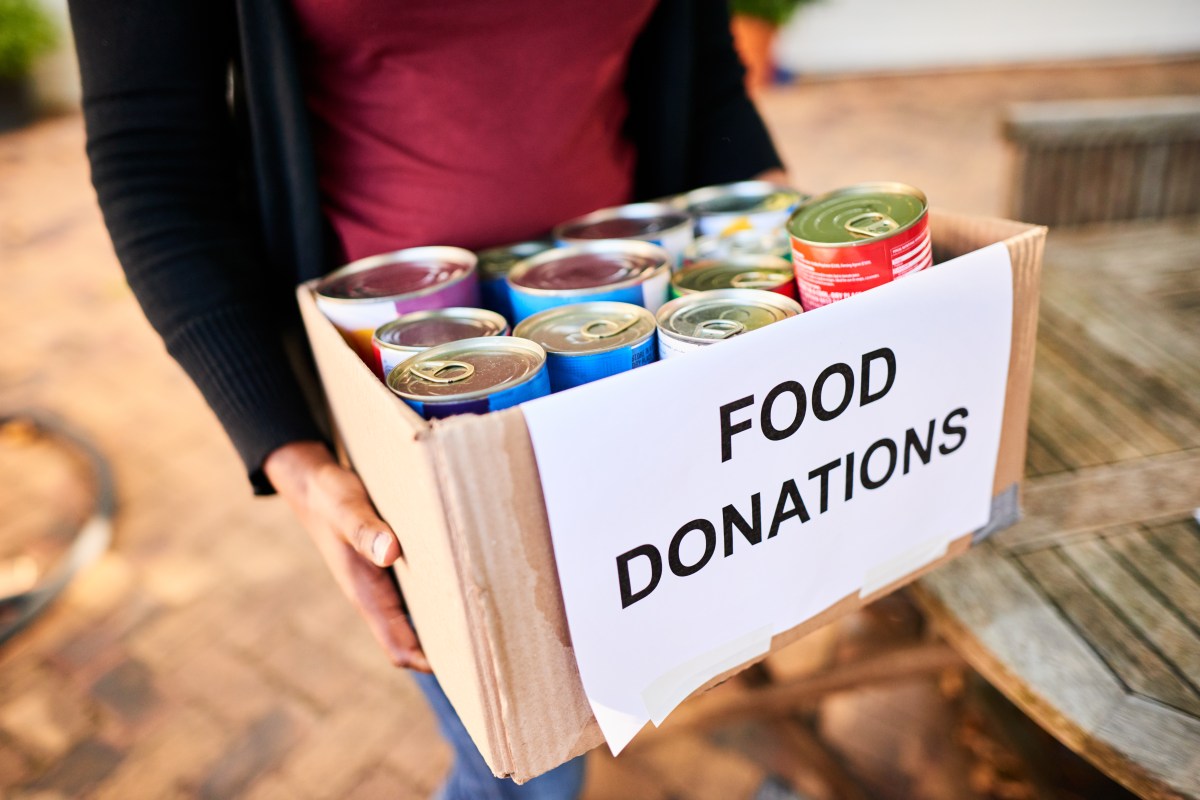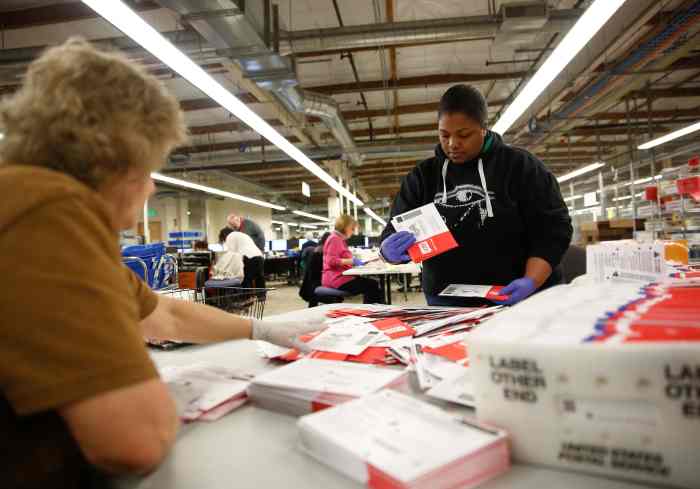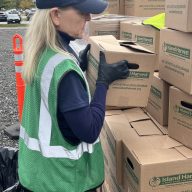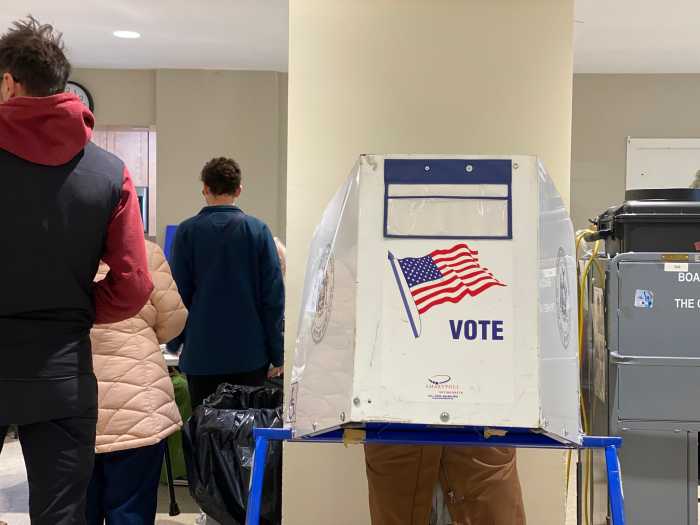Thankfully, two federal judges ruled nearly simultaneously Friday that President Donald Trump’s administration must continue to fund SNAP, the nation’s biggest food aid program, using contingency funds during the government shutdown.
The rulings came on a day before the U.S. Department of Agriculture was set to freeze payments Nov. 1 to the Supplemental Nutrition Assistance Program, better known as food stamps, saying it could no longer sustain funding due to the shutdown.
The Trump administration stated in court filings on Monday, Nov. 3, that it would cover half of what the 42 million Americans – approximately one in eight members of the population – typically receive in federal assistance to purchase groceries.
This includes 31,545 Nassau County households, or 43,404 individuals, as of July. At least half of adults receiving the benefits work one, two or even three jobs.
New York State statistics show that 30% of those using food stamps are children, 21% are elderly and many are disabled. Among them are people living in group homes who are developmentally disabled.
State attorneys general or governors from 25 states, including New York, as well as the District of Columbia, had challenged the plan to pause the program, contending that the administration has a legal obligation to keep it running in their jurisdictions.
The administration stated it was not permitted to utilize a contingency fund with approximately $5 billion in it for the program, which reversed a USDA plan from before the shutdown that had allocated money to keep SNAP operational.
Word in October that the program would be a Nov. 1 casualty of the shutdown sent states, food banks and SNAP recipients scrambling to figure out how to secure food. Some states, including New York, said they would spend their own funds to keep versions of the program going.
Gov. Kathy Hochul, on Thursday, declared a state of emergency and committed $65 million in new state funding for food programs as New York prepared for a federal cutoff in SNAP benefits for nearly 1.8 million residents. She had earlier announced $30 million in emergency state funding.
But Hochul stressed that state spending cannot replace federal SNAP funding in the long term, noting that New York administers approximately $650 million per month in federal benefits.
This is occurring in a county with a median household income of $143,408, which is about 70% higher than the state of New York’s median household income of $84,600. And New York’s median household income is nearly 10% more than the average in the United States.
The number of food-insecure people, including those who have jobs, also raises questions about the minimum wage.
Nassau County residents should not wait for the government to address food insecurity.
We are fortunate to have two highly successful organizations, Long Island Cares and Island Harvest Food Bank, to address food insecurity on Long Island. We also have a network of pantries and soup kitchens to help distribute food.
What is needed now is for the businesses and residents who have long supported these organizations to do even more. And for those who have not supported them to start.



































